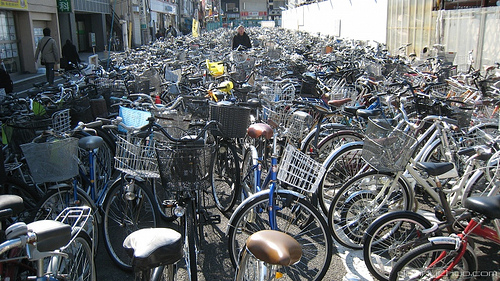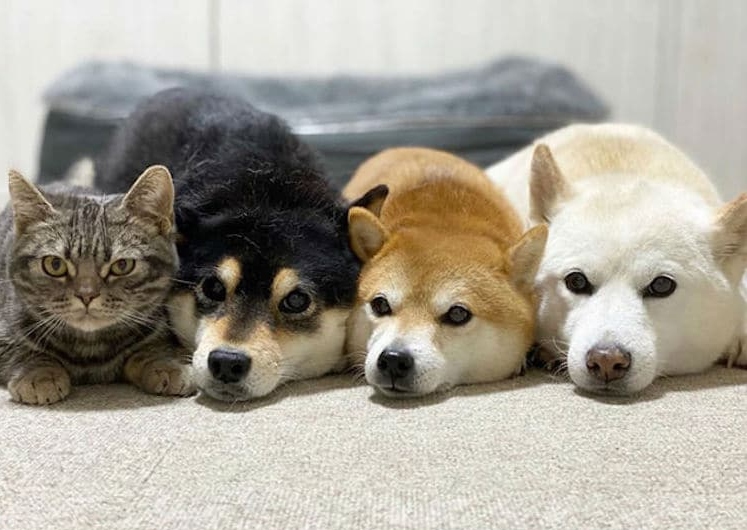About the Area
Akasaka area is one of the most central districts in Tokyo. It is home to the HQ of many companies, shopping centers, and embassies. Even Japan’s Prime Minister’s residence is located in Akasaka. Along with the modern business skyscrapers, you will find here the famous shrines and parks. All of these make it a desirable upscale residential neighborhood in Tokyo. And this is your guide to the Akasaka area.
How to Get Here
There are several station in the district served by different metro lines:
Akasaka-Mitsuke Station (Marunouchi, Chiyoda, Ginza, Hanzomon Lines).
Tameike-Sanno Station (Namboku and Ginza Lines).
Akasaka station Station (Chiyoda Line).
If you are coming from Haneda Airport, take Keikyu Main Line to Shimbashi station. At Shimbashi station transfer to Ginza Line and get off at Tameike-Sanno station.
If you are coming from Narita Airport, we suggest that you take Skyliner to Keisei Ueno station, and there you switch to Ginza Line and go to Tameike-Sanno station.
What to Do
Many tend to think that Akasaka is a boring district dedicated strictly to business. However pretty much anyone will find here something interesting. If you like shopping, you can head to Tokyo Midtown or visit the local smaller shops, such as Tokyo Little House.
If you are into the Japanese culture, know that is also a district with several famous shrines. Hie shrine is one of them. It is one of the major shrines in Tokyo, and it becomes a hot spot in spring during the blooming cherry trees and later the wisteria plants. For the more European vibes, we recommend visiting Akasaka Palace, also known by the name The State Guest House.
In case you are coming to Akasaka with small children, you can visit the open playgrounds at Tokyo Midtown and Akasaka Sakas. For the rainy days, check out the playrooms such as Plaza Akasaka Nandemo.
Where to Eat
Since food is the informal religion in Japan, in Akasaka you will find many dining options. At lunchtime, you can get a delicious maguro bowl with the highest quality ingredients for a very reasonable price at Kappo Wachi (割烹 和知). In case you prefer European food, you go to the pizzeria Maruumo, which has been around for the past 40 years. Akasaka is also home to some of the Michelin-starred restaurants, take for example Sushi Saito, which has 3 stars and is considered to be the best sushi restaurant in Japan. Lastly, if you are looking for a good cup of coffee head to Streamer Coffee Company Akasaka or to Jaime for coffee and a dessert.
Where to Stay
We, Tokyo Furnished Apartments, are one of the leading accommodation providers to foreign and expatriate communities in Tokyo. We provide our clients with unparalleled service that covers all needs for a comfortable, worry-free stay in Japan. In Akasaka, we have many tastefully furnished and functionally equipped apartments.










